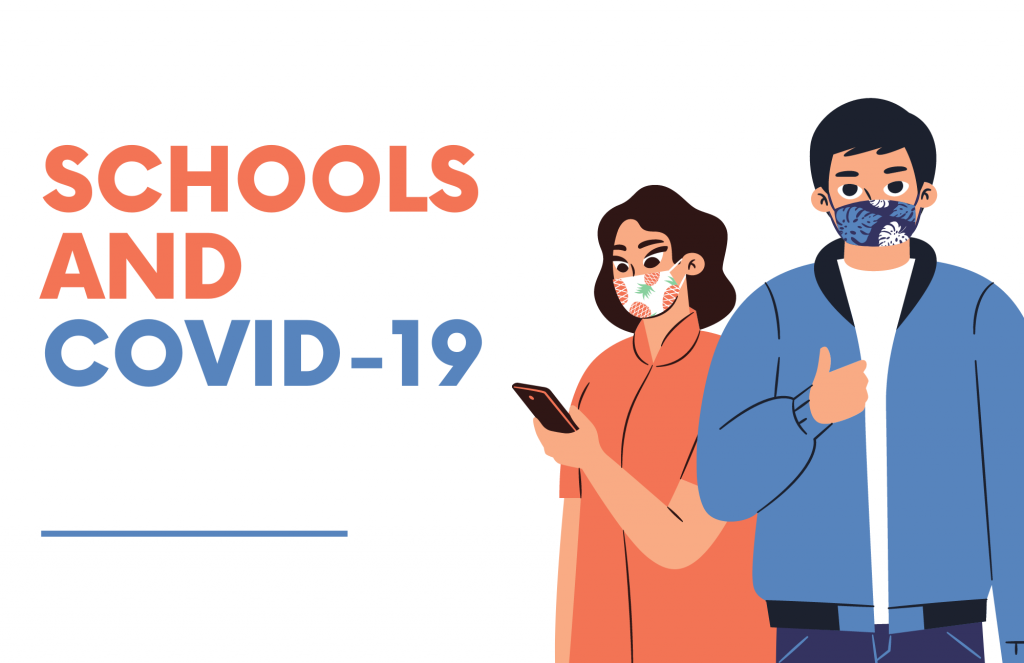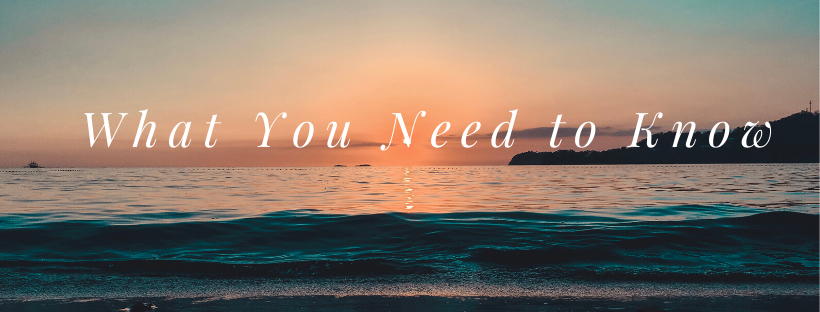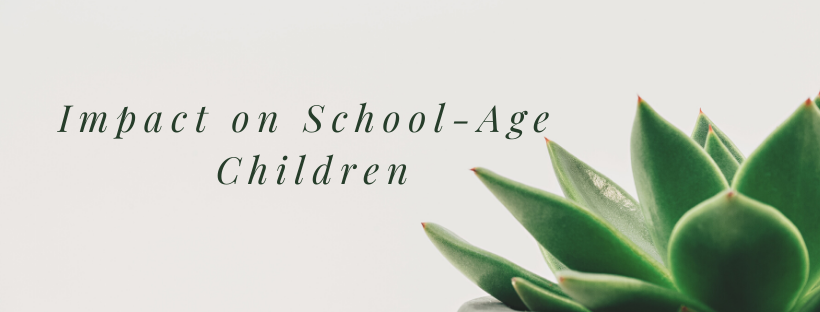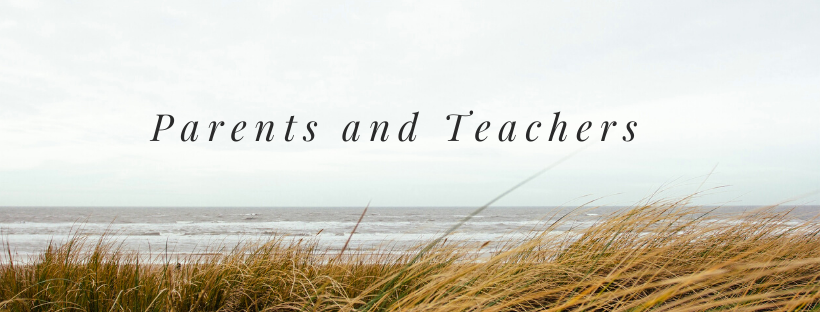Here are my brain warm-ups in presentation form!
Happy Brain Warming! 🙂
Here are my brain warm-ups in presentation form!
Happy Brain Warming! 🙂

Our class presentation this week included School and COVID. Amy Paige and Paige Martin had a lot of great information to present, so I am including it here. If anything it is history!
Effects during pandemic
○ Meals
○ Access to education (Not everyone has access to the same
Technology or help at home)
● Show me the Money?
○ Educational budget cuts
○ Economy
○ Financial strains on families
● Reopening
○ Platform, access to tech, precautions/procedures in place
Mental Health Response
○ Staff, students, parents
○ Resources
![]()
Many of us have take some First Aid class growing up whether it be in a club or part of a class. I remember that we did this in Girl Scouts and then I took it again when I was pregnant. I wanted a refresher and even discovered things had changed! As a kid, I was taught if someone isn’t breathing to use mouth-to-mouth resuscitation as well as chest compressions. Now, the instructor told me mouth to mouth isn’t necessary especially if it is a stranger. (But I just checked the Red Cross website which does have MMR listed in their steps… so maybe it depends on your instructor.)
Now, I believe that physical first aid is extremely important. But as many of us our reading about – our mental health is just as important. All of us in any type of leadership position should be required to take Psychological First Aid as well. These positions include: administrators, pastors, teachers, nurses, parents, caregivers, managers, etc. I could argue everyone should take Psychological First Aid really… since it is just as important as knowing CPR. For now, I will start small and implore that all schools and business leaders learn this. If schools are pushing to be trauma informed, how can we ignore something so basic? If we are training for intruder drills, where is the training for the aftermath?
Myths that I was taught before that now are proven not true:
Now, some people DO struggle after a crisis and that is where Psychological First Aid can come in.
First, what is psychological first aid (PFA)? Similar to physical first aid, you are promoting safety, addressing immediate needs or acute distress, teaching coping skills and finally finding resources to continue support.
Second – there are number of ways PFA is taught. I am taking Crisis Intervention, so many examples deal with disaster cases. But, you can use these tips when someone in distress calls you on the phone as well! I am including all the steps, but obviously your friend calling you would need not need step 1. In an emergency, or perhaps a students from another classroom is in crisis in the hallway… then you would follow the steps:

LOOK
Contact and Engagement:
1. Check out the area – are you safe?
2. Introduce yourself.
Name
Title
Organization name
3. Ask person’s name. Use their name in speaking to them!! This helps people know you are listening and feel calm.
4. Address adults using last names. (This was suggested in my training video)
Examples: “I noticed you seem upset. How can I help?” and then listen. If you don’t receive a response, you can say “I’m a good listener.”
LISTEN
Safety and Comfort
LINK
Tips from Crisis Counselors:
Sleeping can be difficult and here are some tips:
Anger is very common as well. Here are some coping strategies I learned:
If you would like to receive an online formal training program, here are two I found useful (and free!):
National Child Traumatic Stress Network
Sources:
National Child Traumatic Stress Network

I saw a post on Facebook about podcasts and I decided to post my favorites here. For the past three years, I have traveled between two elementary schools as part of my teaching job. The two schools were 25 minutes apart and left time to listen to a podcast. I also like to listen to podcasts while I go for a walk or do a mindless task like painting the walls. If you are tired of books on tape or don’t want to mess with them, podcasts are really the way to go. Don’t like a podcast? Just click on another one! They are so much fun you want to just start one yourself.
How to listen to a podcast – Just download the Stitcher app on your android phone or Apple podcasts on iOS phones. The Spotify app also has many of these podcasts as well. I never had to sign in with an email for Stitcher. Note: In Settings, Make sure the battery background switch says “Allow background data usage” is ON. I had trouble podcasts pausing every 10 minutes, but changing this setting has fixed all of that.
Alright, so here are my favorite podcasts which include fun ones and educational ones.
#1 – Imagined Life by Wondry – This is my favorite fun podcast and actually got me hooked on podcasts. You listen to a famous person’s life and find out who you are at the end. The actor voices are fantastic, the writing keeps you coming for more and you will know all of the famous people. It is a mix of education and entertainment that puts this in my #1 spot. All of the podcasts are G or PG rating. If there is something that might be questionable, the podcast tells you at the beginning.
#2 History This Week – This is our favorite podcast to listen to as a family. I use this podcast to also teach my own kids about pausing, diction and public communication. The narrator is really, really good. You can also use this to delve more deeply into events you may have already known about or ones that you never heard of… like Operation Mincemeat. The interviews can help you really empathize with the people during that time and place which I think we all need right now.
#3 – Mind Matters – Short, but still in depth, this podcast by Emily Kercher-Morris interviews professionals in the fields of gifted education, special education and clinical psychology. Each episode has interesting information and there is a Facebook group as well for additional questions and/or support.
#4 Freakonomics – Oh I loved these books!! I can’t believe there was a podcast, too! I look forward to Freakonomics every single week. You always learn something new and he delves into the law of unintended consequences just like the Freakonomics book series.
#5 Revisionist History – I loved Malcolm Gladwell’s books so naturally had to check out this podcast after he mentions it in the latest book Talking to Strangers. I do not love every episode… and have skipped around. But there are some really good gems here: first, the podcast about how the rich LA golf clubs are paying real estate taxes based on pre-1978 land purchases. So those huge golf courses in the middle of LA that should be paying close to 9 million dollars in taxes? Yeah, they pay $200,000 per year instead. Second, “Dragon Psychology 101” discusses hoarding and describes it in a very interesting way…. I will let you find that out for yourself. But what also struck me (and Malcolm Gladwell of course) was that the MET in New York City was going to start charging people admission (unless they are residents of New York City) because the MET didn’t have enough money. Yes, you heard me. One of the largest collections of art in the entire world didn’t have enough money… because they couldn’t part with one painting.
#6 Teach Better – The Teach Better Team puts out a quality podcast on general education topics. I love their style where you feel you could go out and share a beer with one of them, you know? The facebook group is great and the blog… I contribute to the blog on Teachbetter.com… so I think it’s pretty good, too 🙂 Some recent and memorable guests include Kim Bearden and Sean Thompson.
#7 The Psychology Podcast – Scott Barry Kaufman interviews people in the field of psychology here in this podcast. I guess you can’t blame him for trying to promote his new book as well 🙂 My latest favorite is the interview he did with Martin Seligman. Here, they review positive psychology and the criticisms that have come against it. At the end, Martin gives his definition of creativity which segues into something we do not mention enough of in school – one criteria for creativity being “usefulness”. Is it creative if it is totally useless? Then again, many creative things weren’t “useful” at the time like frequency hopping developed for World War II, then it went away as useless because the war was over, and now millions (billions perhaps?) use it every single day!
#7 Critical Window – This podcast concentrates on taking research in education and applying it to middle and high school. I pick and choose the podcasts here, but when I do they are excellent. The latest one that I loved was “Lessons in Equity from Gifted Programs.” One recommendation that stood out to me was for high school teachers to have short “internships” during the summer (paid of course) where a math teacher, for example, would go to an architectural firm and learn how math is used there.
General Anxiety Disorder is one of the most common psychological disorders among school-age children. I hope the reader finds this post helpful in that it gives the official DSM-5 definition, what the disorder looks like, how parents and teachers can help someone with general anxiety disorder and resources for using in the classroom and websites for further reading.
Official DSM – 5 Description:
“The essential feature of generalized anxiety disorder is excessive anxiety and worry (apprehensive expectation) about a number of events or activities. The intensity, duration, or frequency of the anxiety and worry is out of proportion to the actual likelihood or impact of the anticipated event. The individual finds it difficult to control the worry and to keep worrisome thoughts from interfering with attention to tasks at hand. Adults with generalized anxiety disorder often worry about everyday, routine life circumstances, such as possible job responsibilities, health and finances, the health of family members, misfortune to their children, or minor matters (e.g., doing household chores or being late for appointments). Children with generalized anxiety disorder tend to worry excessively about their competence or the quality of their performance. During the course of the disorder, the focus of worry may shift from one concern to another.”
Here is a 2-3 minute video on the Symptoms and Strategies for Generalized Anxiety Disorder. It uses cartoon characters and simple language to help communicate with young people.

All people experience worry and fear. Generalized Anxiety Disorder occurs when a person has an excessive amount of worry or fear in one or more ways: intensity (how much it takes over your life), duration (how long it lasts) and frequency (how many times you experience it).
Symptoms may include:
Again, many of us face these symptoms over our lifetime. One of the key differences is that these symptoms will cause impairment in the person’s everyday life.
Diagnosis:
Treatment:

Academic: Students with anxiety may try to avoid school or friends at school. This avoidance can lead to poor academic achievement. Losing class time has a direct effect on academic achievement in most students and sometimes causes a snowball effect. The student is anxious and misses class which makes them more anxious when he or she struggles with the next lesson. On the flip side, from my own personal experience many of my bright and/or gifted students show signs of anxiety through perfectionism. They feel like they must obtain near 100% on everything. For these students, I stress a goal of reaching excellence and not perfection.
Social-Emotional: Sometimes anxiety results from under-developed social-emotional skills. ” Self-regulation, negative thought stopping, perspective taking, executive functioning, and flexible thinking” are five skills that can be taught in order to help overcome the anxiety.
Sometimes students with anxiety miss out on field trips and other social activities. It is easy to see the 100% bright student as a perfect kid when really he or she is struggling greatly under the pressure.
Career Development: Young people with anxiety can overthink and analyze to an extreme. These characteristics could be used to gear someone to a job that can utilize these qualities. These jobs include: house-building careers like plumber or electrician, education careers like teacher or professor, and research careers such as medicine or science.

Parents: Our diet affects not only our physical healthy but our mental health as well. Some foods help balance serotonin and mood such as eggs, salmon, turkey, cheese, nuts, seeds, pineapples and tofu.
Sleep is another major contributor to anxiety which starts a cycle of can’t sleep, anxious and irritable because you can’t sleep, then you can’t sleep. There are some steps that we can take at home to help us or your child sleep:
Teachers: How many of your students have an anxiety disorder? When I researched the numbers, there are two different answers. The CDC states that 7.1% of school-age children have been diagnosed with anxiety. However, the Child Mind Institute believes based on interviews that 31.9% of school age children have an anxiety disorder.
As a teacher – I want to warn teachers to NOT diagnose students. We are not trained. However, we can be aware that anxiety is one of the largest mental health problems in students today. We can use the resources I have listed below to help students that you may think have anxiety or already diagnosed with anxiety. We can teach coping strategies to all students.
Resources
Coping Strategies for Supporting Students. – this is a 16 page document of a list of strategies with videos and clear explanations.
List of 100 Coping Strategies – maybe have this list in a Calming Corner of your house or classroom; or put each one on a Popsicle stick to choose at random
Peer-Reviewed Research:
A pilot study conducted in Spain showed “significant improvements” in Generalized Anxiety Disorder when using Mindfulness-Based Interventions. The researchers also used a Virtual Reality Mindfulness-Based Interventions which showed significant improvements plus stuck to the program longer than the other group. What are the Mindfulness-Based Interventions? These interventions were set up as modules scheduled once per week for 90 minutes and consisted of an introduction, meditations (full body and breathing), radical acceptance, compassion concept and review. The VR group received the same modules and also had 10 minutes of DBT® VR MindfulRiverWorld.
A meta-analysis was conducted to discover how effective medication, psychology treatments or a mixture of the two prove the most beneficial to treating anxiety disorders. The studies included a total of 37,333 patients. Surprisingly, medication had a larger effect size than psychotherapies. Serotonin-noradrenaline reuptake inhibitors showed the largest effect size out of the medications with an ES of 2.25. Mindfulness exercises was the psychotherapy with the largest effect size of 1.56. I was again surprised that the combination of medicine and psychotherapies had an effect size of 2.12 which is lower than medication alone.
Motivational Interviewing coupled with Cognitive-Behavior Therapy reduced severe generalized anxiety disorder particularly in the long-term. The researchers noted that after one session there was no difference in outcome, but after a year of treatment, those patients receiving motivational interviewing and cognitive-behavior therapy “…did much better than the CBT-only patients.”
Links for More Information:
Anxiety and Depression Association of America – Anxiety Disorder or just a phase?
Child Mind Institute – Generalized Anxiety Disorder
References
American Psychiatric Association. (2013). Anxiety Disorders. In Diagnostic and statistical manual of mental disorders (5th ed.).
https://www.healthline.com/health/healthy-sleep/foods-that-could-boost-your-serotonin
https://childmind.org/2015-childrens-mental-health-report/
Fresco, D. M., Mennin, D. S., Heimberg, R. G., & Turk, C. L. (2003). Using the Penn State Worry Questionnaire to identify individuals with generalized anxiety disorder: a receiver operating characteristic analysis. Journal of behavior therapy and experimental psychiatry, 34(3-4), 283–291. https://doi.org/10.1016/j.jbtep.2003.09.001
https://childmind.org/downloads/2015%20Childrens%20Mental%20Health%20Report.pdf
https://www.cdc.gov/childrensmentalhealth/features/anxiety-depression-children.html#:~:text=Anxiety%20and%20depression%20affect%20many,1.9%20million)%20have%20diagnosed%20depression.
http://www.ascd.org/publications/newsletters/education-update/aug17/vol59/num08/Helping-Ease-Student-Anxiety.aspx
I wish I would have posted my Gifted Education assignments on a blog to keep them and my reflections on them. So, in response I am going to post my School Counseling assignments on the blog here!
Currently, I am taking Advanced Human Development and chose Middle Childhood as my life stage to present. I chose this stage because it is the age I have been teaching for the past 3 years and I also have a 9 year old and 13 year old. So I have lived it as a parent as well.
Click here for the slideshow that was created as a Conference Ready slideshow for Middle Childhood.
Click here for the audio presentation.
If you are here, you are probably looking for Parent Resources! These are resources I have scanned and collected this year to help challenge students and allow them to live and learn to their fullest potential.
GSN Book Recommendations by Grade Level
Gifted and Twice Exceptional Learners – Book Recommendations
MENSA Book Recommendations by Grade Level
NAGC_At-Home Summer Fun for Creative Kids & Families_August 2020
Engineering Activities For Kids slideshow style
LEGO Calendar – Sign-up is required, but you can always unsubscribe later
Kentucky Association for Gifted Education
GAM: The Gifted Association of Missouri is just one of many state-centered organizations for gifted kids. Parents can join, find other families, and even attend special events.
Gifted Child Society: The Gifted Child Society is a nonprofit organization that provides seminars and workshops for parents of gifted students.
SENG: Supporting Emotional Needs of the Gifted understands and emphasizes the social and emotional needs of gifted students.
Mensa for Kids: Great list of lessons and activities for kids.
Institute for Research and Policy on Acceleration: Links and research to support parents and educators regarding acceleration (by subject or grade skipping).
Center for Talented Youth: Programs, summer classes and a newsletter is offered through this program located at Johns Hopkins University.
Duke University – TIP Program: A program available 4th-10th grade developed to challenge academically gifted students through Duke University.
And last but not least….
Hoagies Gifted: Almost always at the top of every Google search, Hoagies contains a plethora of resources for parents and teachers.